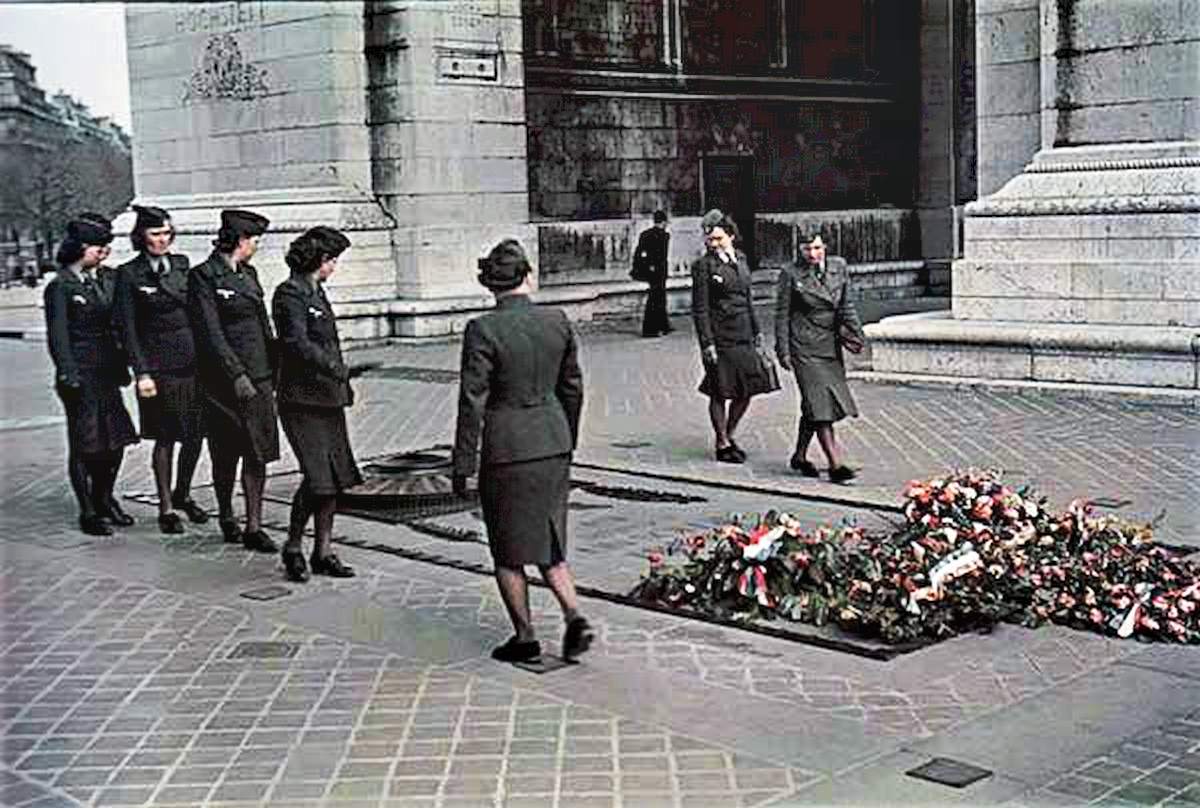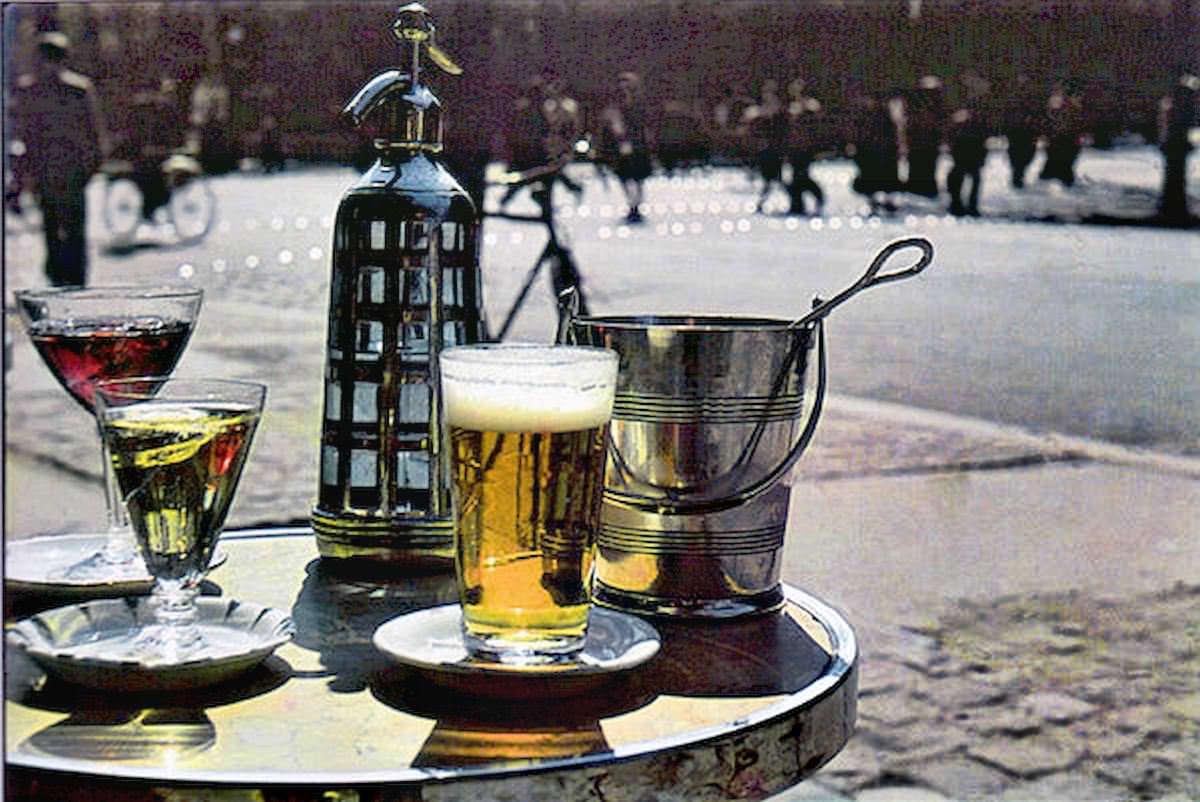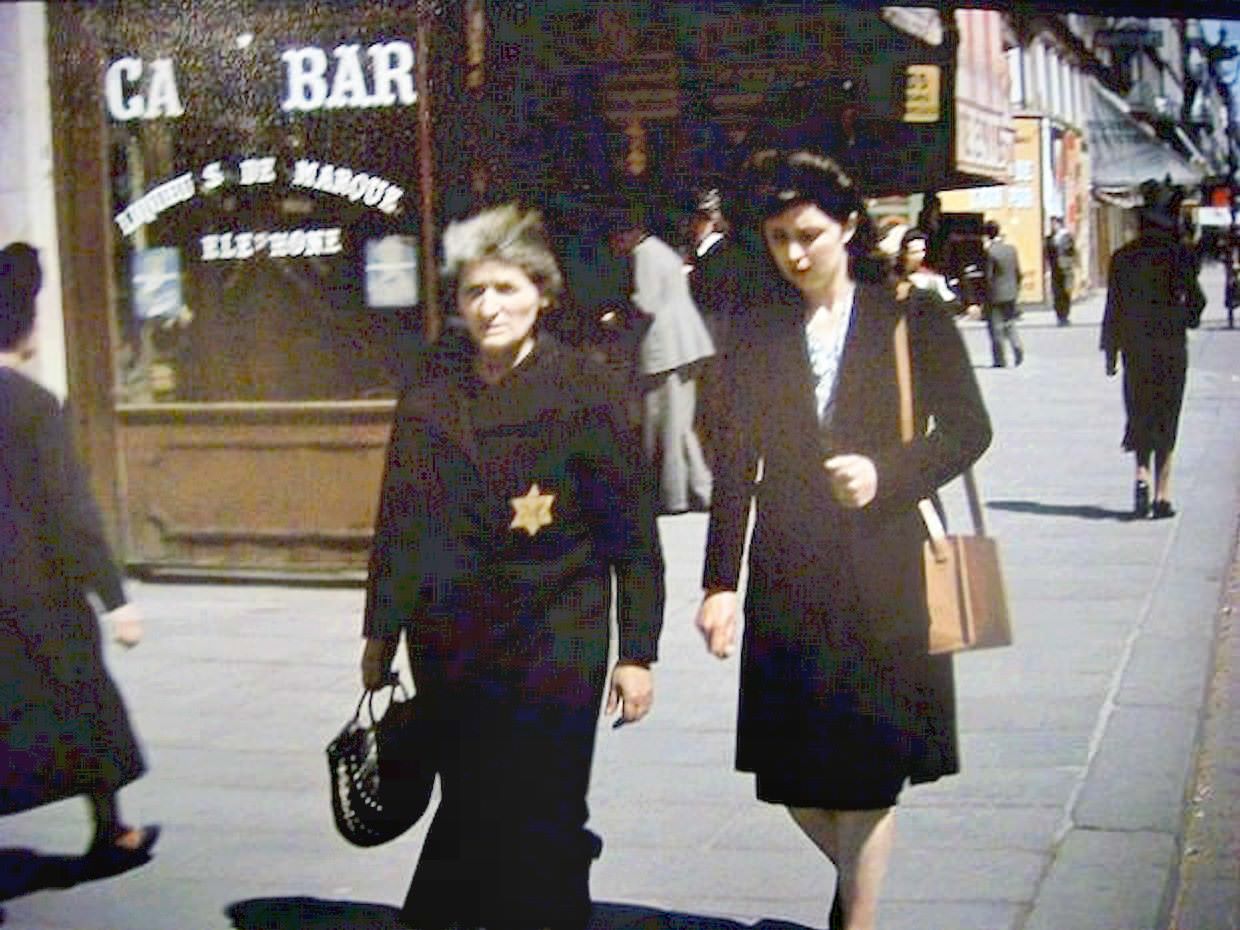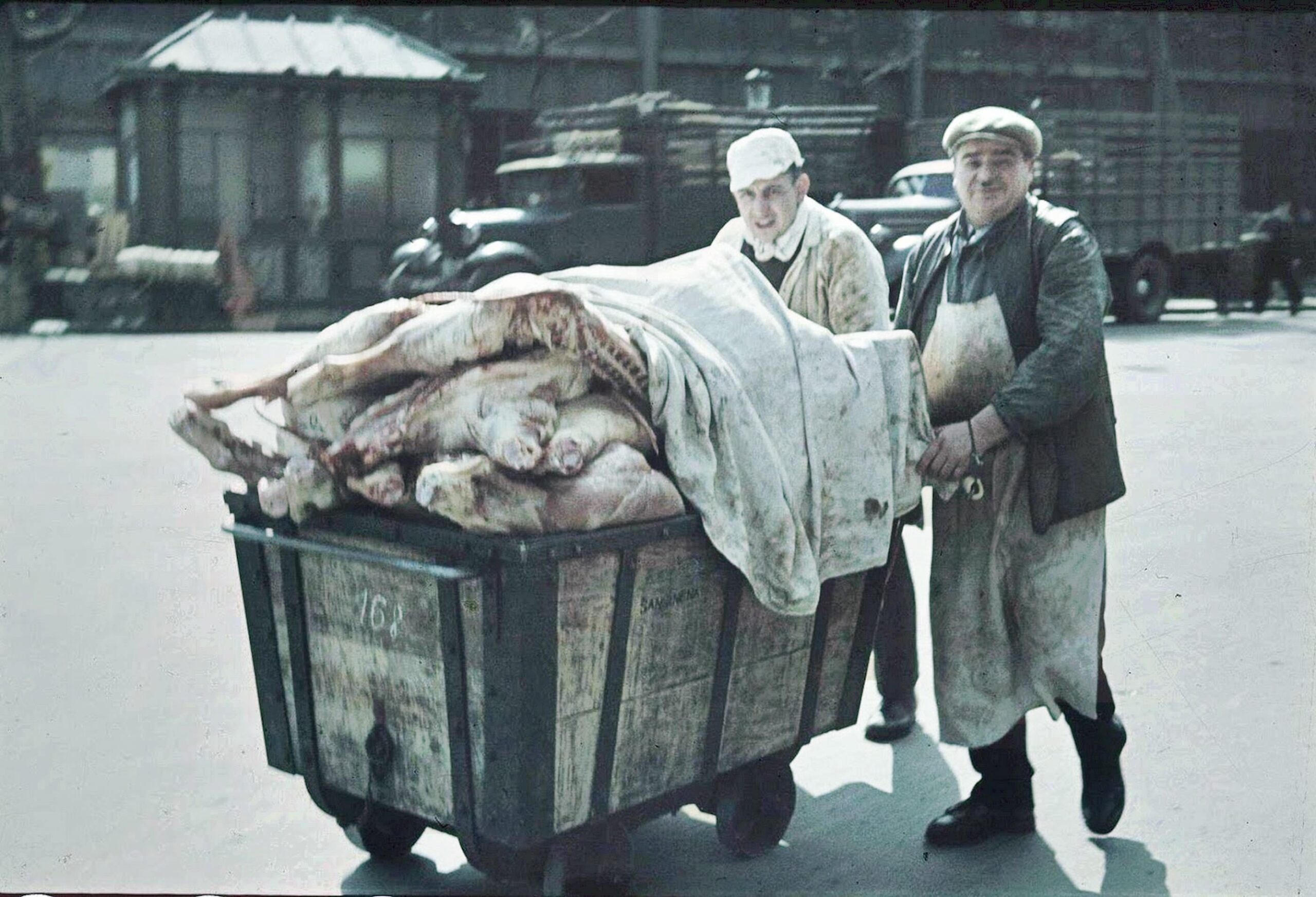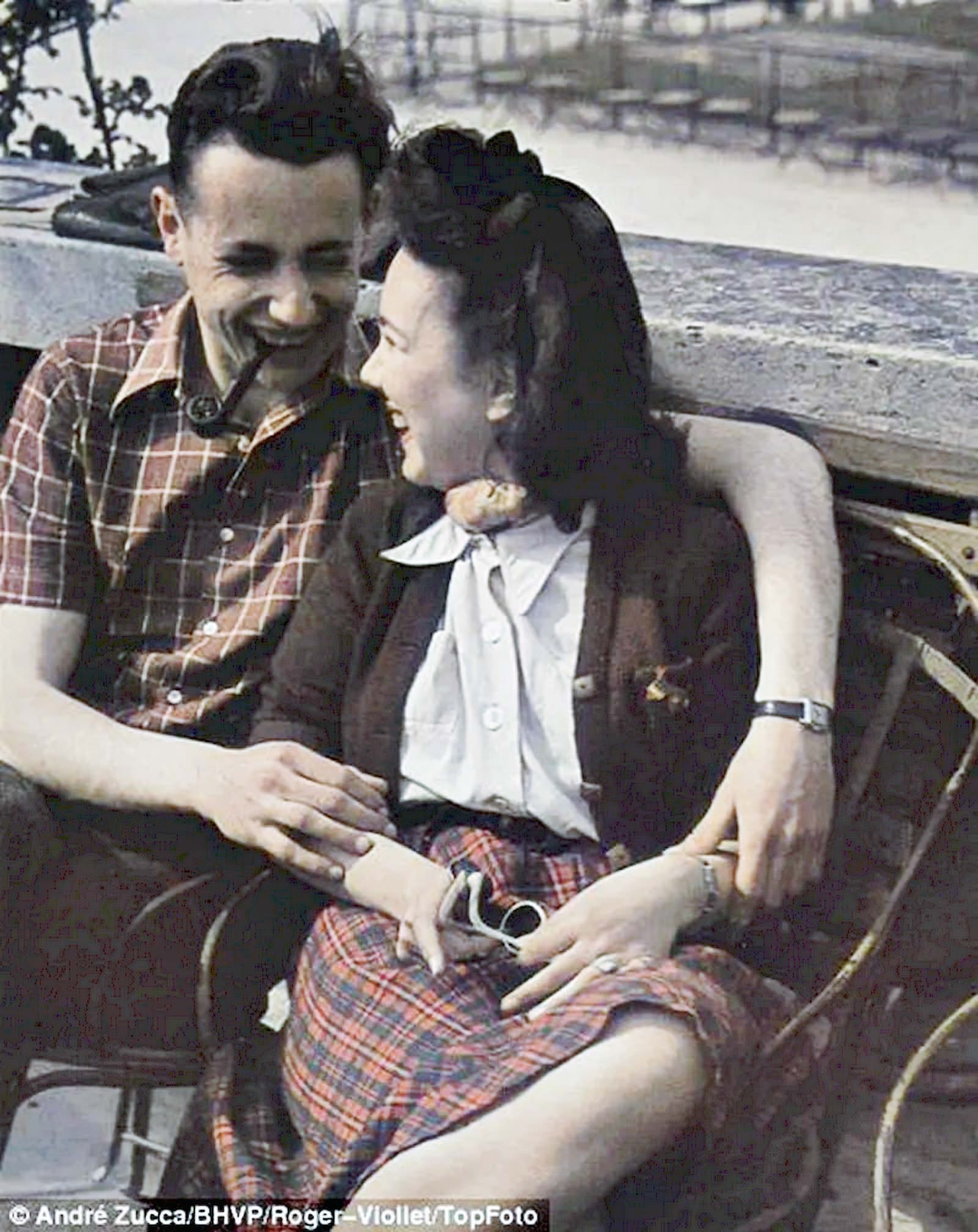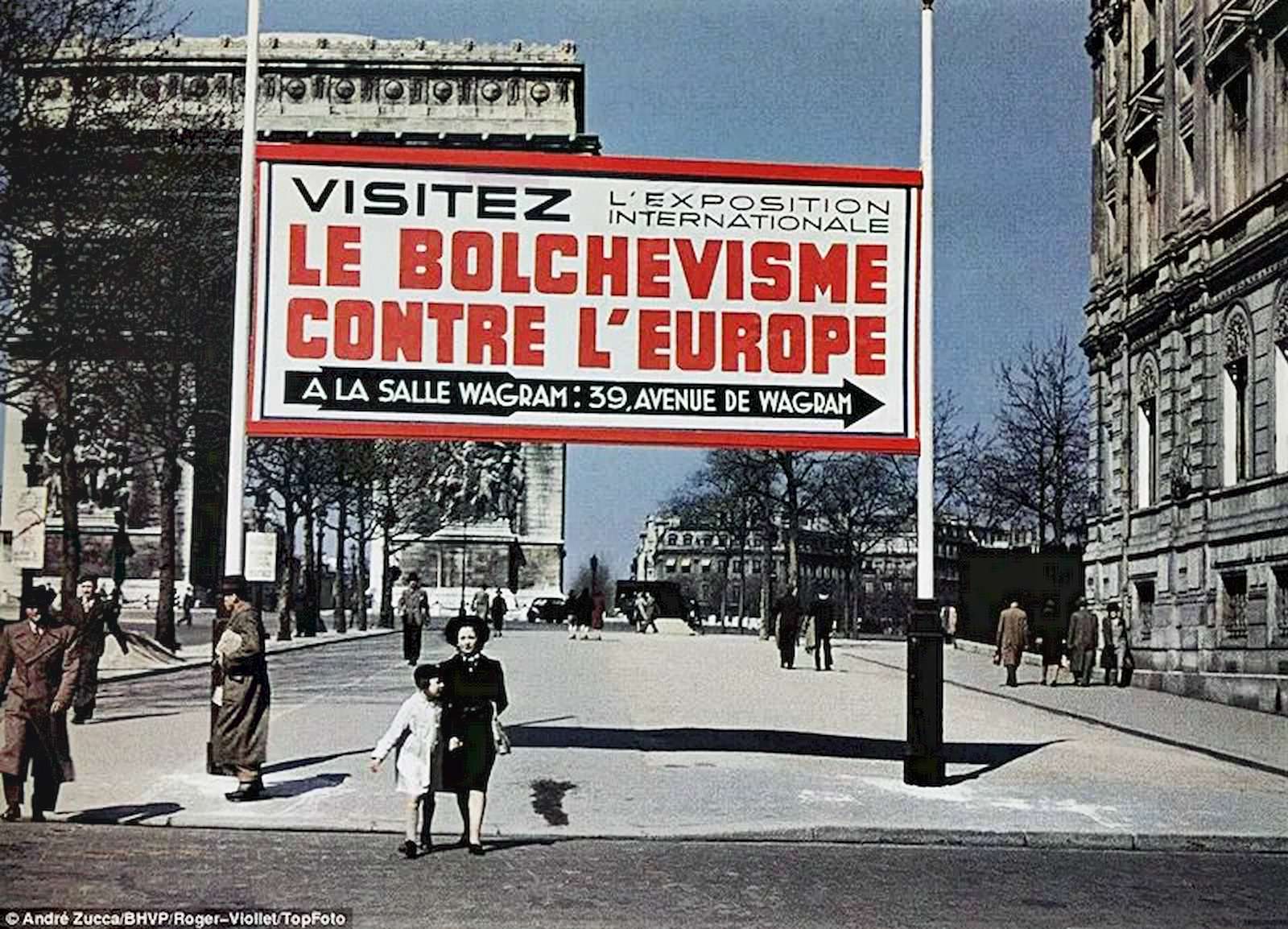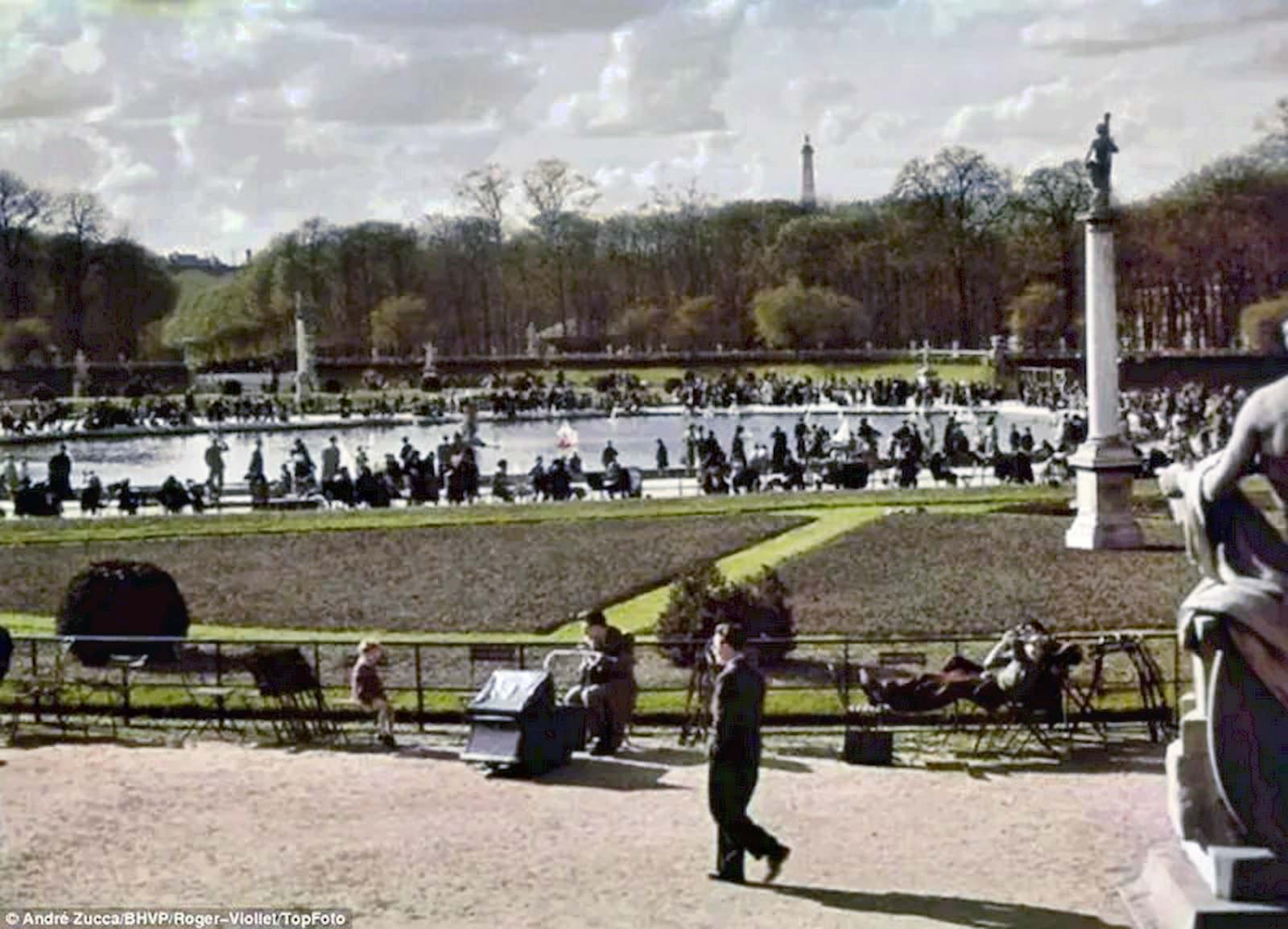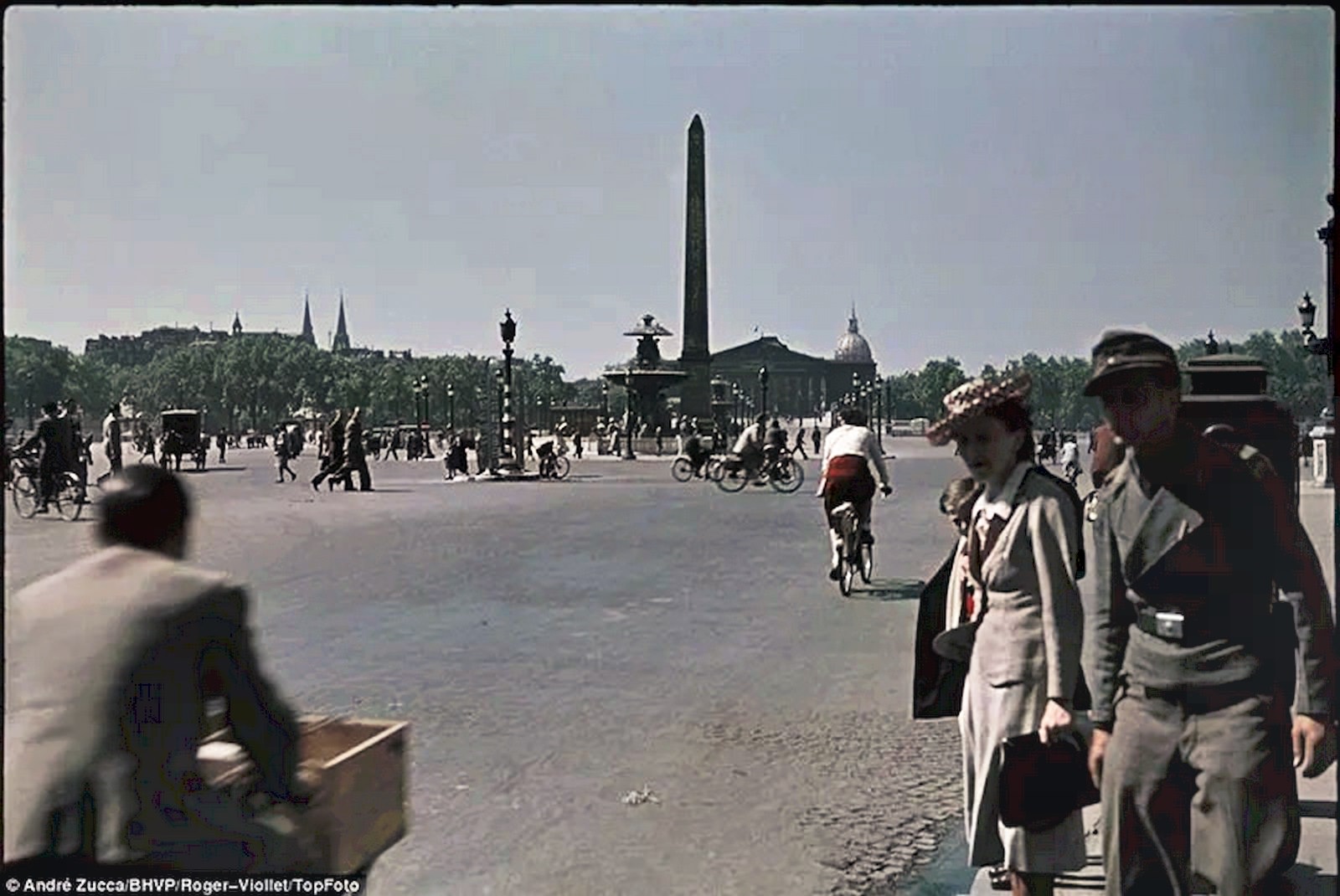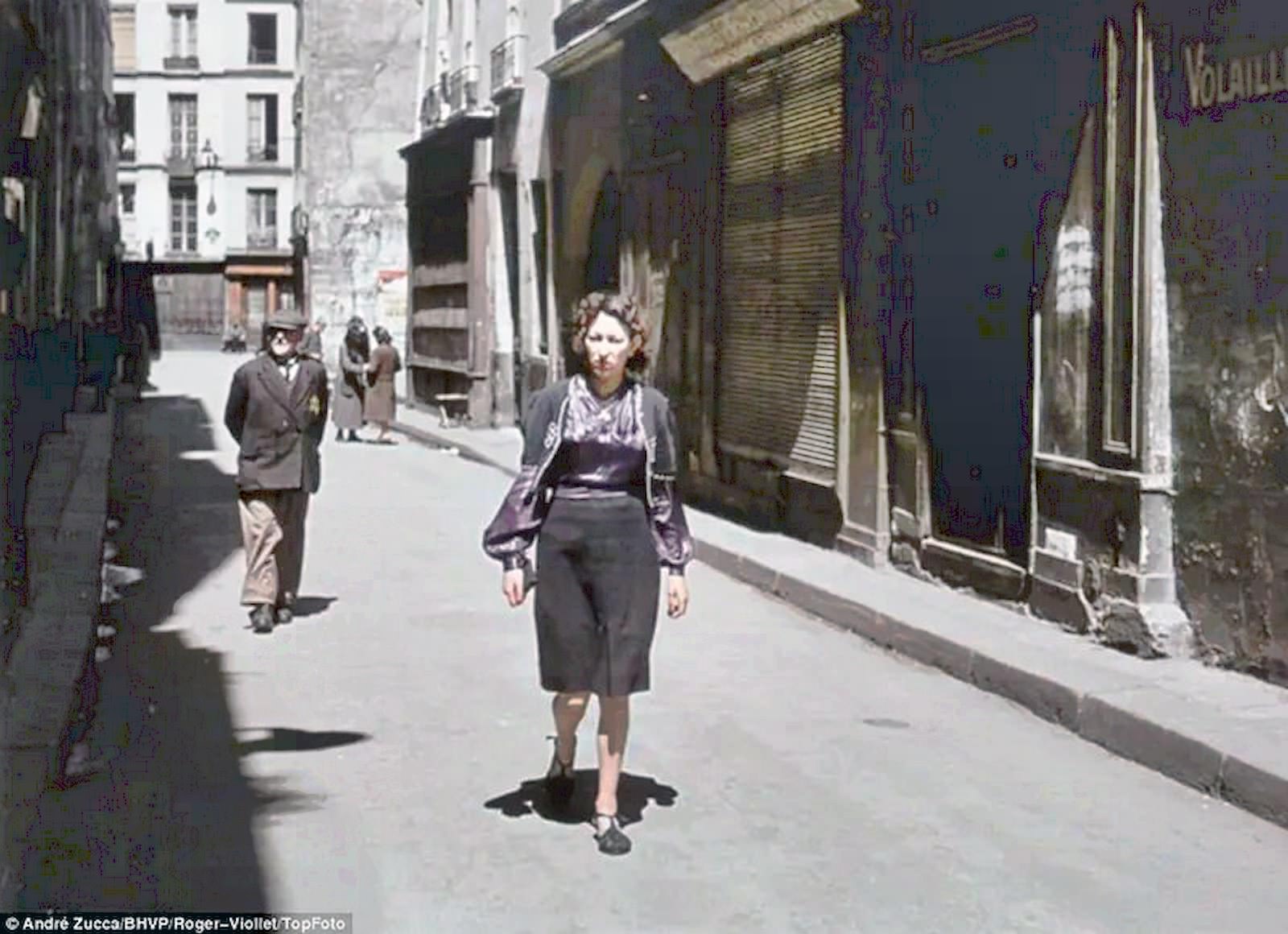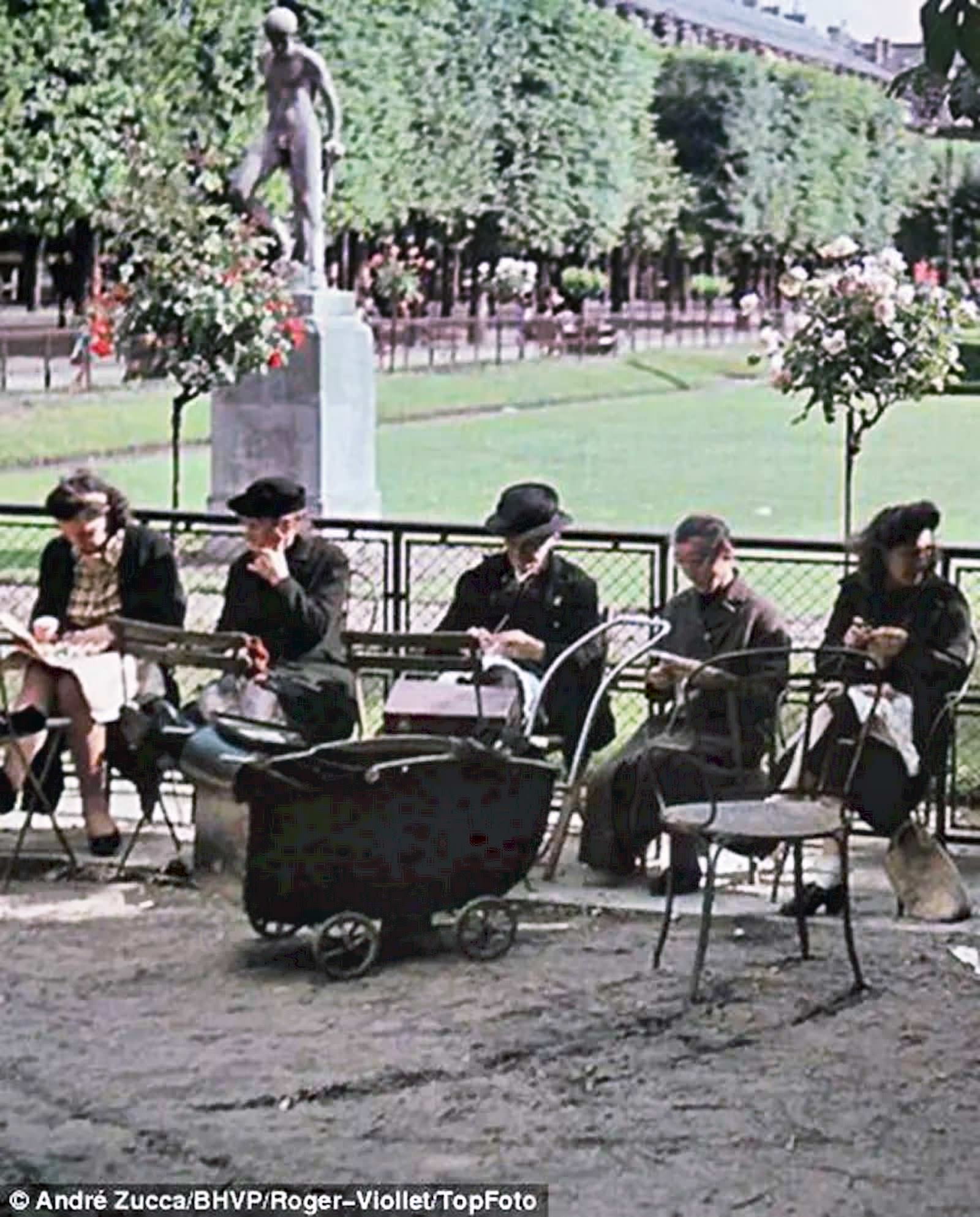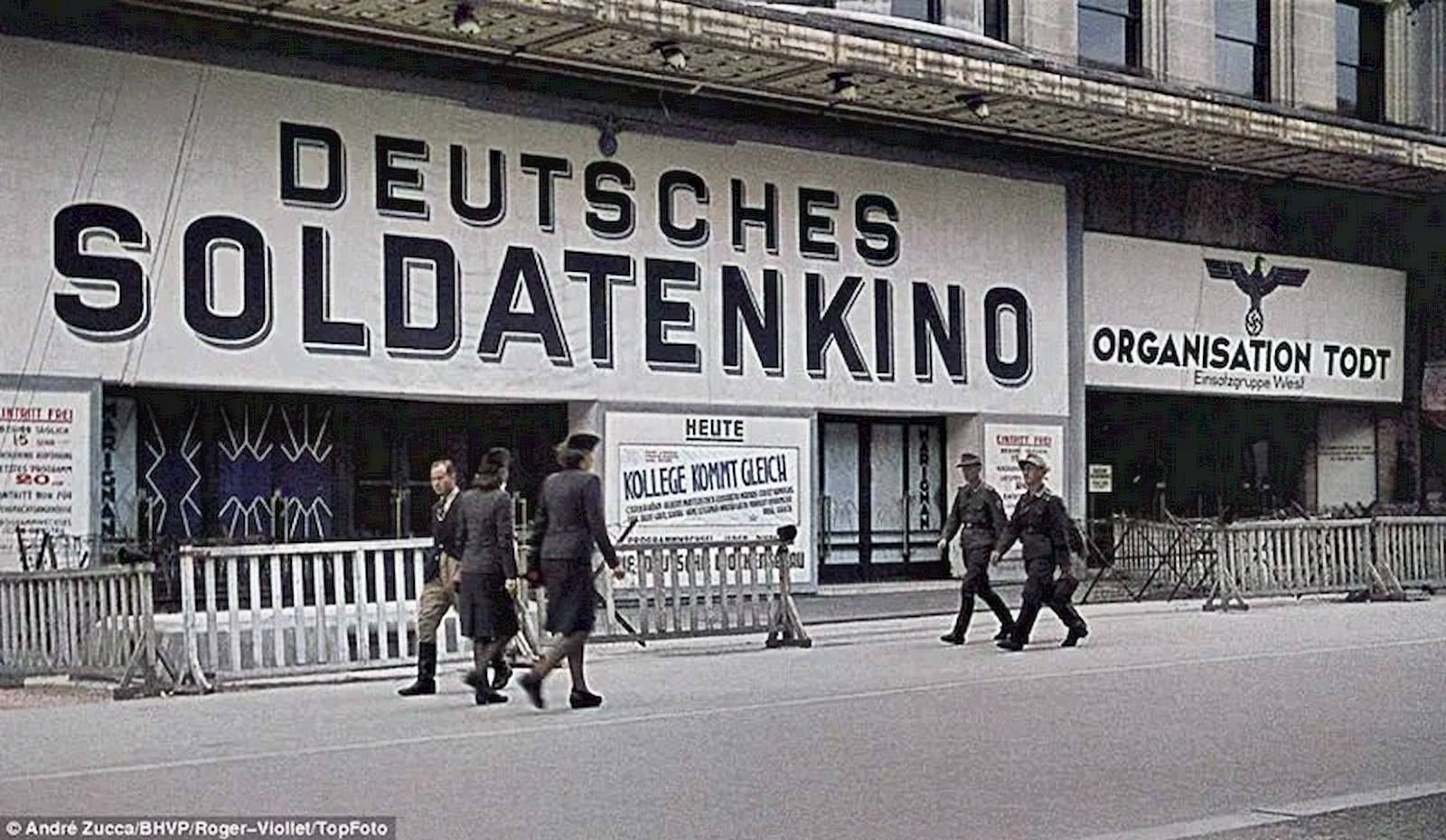André Zucca was a French photographer who worked for the German propaganda magazine Signal during the German occupation of Paris in World War II. Signal was a weekly magazine published by the German government and distributed to German soldiers and civilians. The magazine featured articles and photographs that aimed to portray the German occupation of Paris in a positive light and to show the French people that life under German rule was not as bad as they may have thought.
Zucca was a prolific photographer who took many photographs of Paris during the occupation. He captured images of the city’s famous landmarks, such as the Eiffel Tower and Notre Dame Cathedral, and everyday life scenes on the streets. He also took photographs of German soldiers and officials, and French civilians going about their daily lives.
The photographs that Zucca took for Signal were carefully selected and arranged to present a specific image of the occupation. They were intended to show the French people that the Germans were not cruel oppressors but rather that they were bringing order and stability to the city. The photographs also aimed to show that the Germans were not destroying Paris but rather that they were preserving its cultural heritage.



